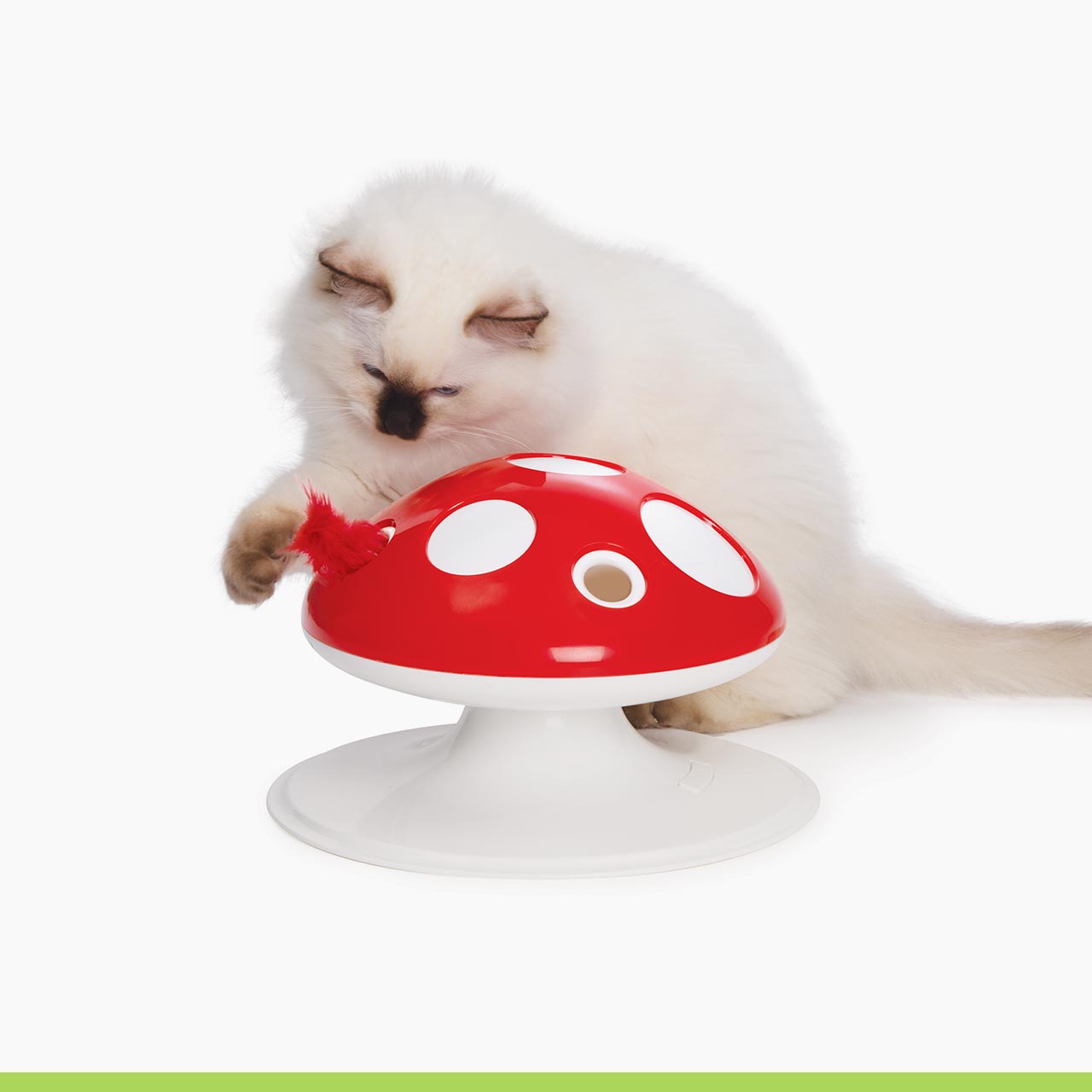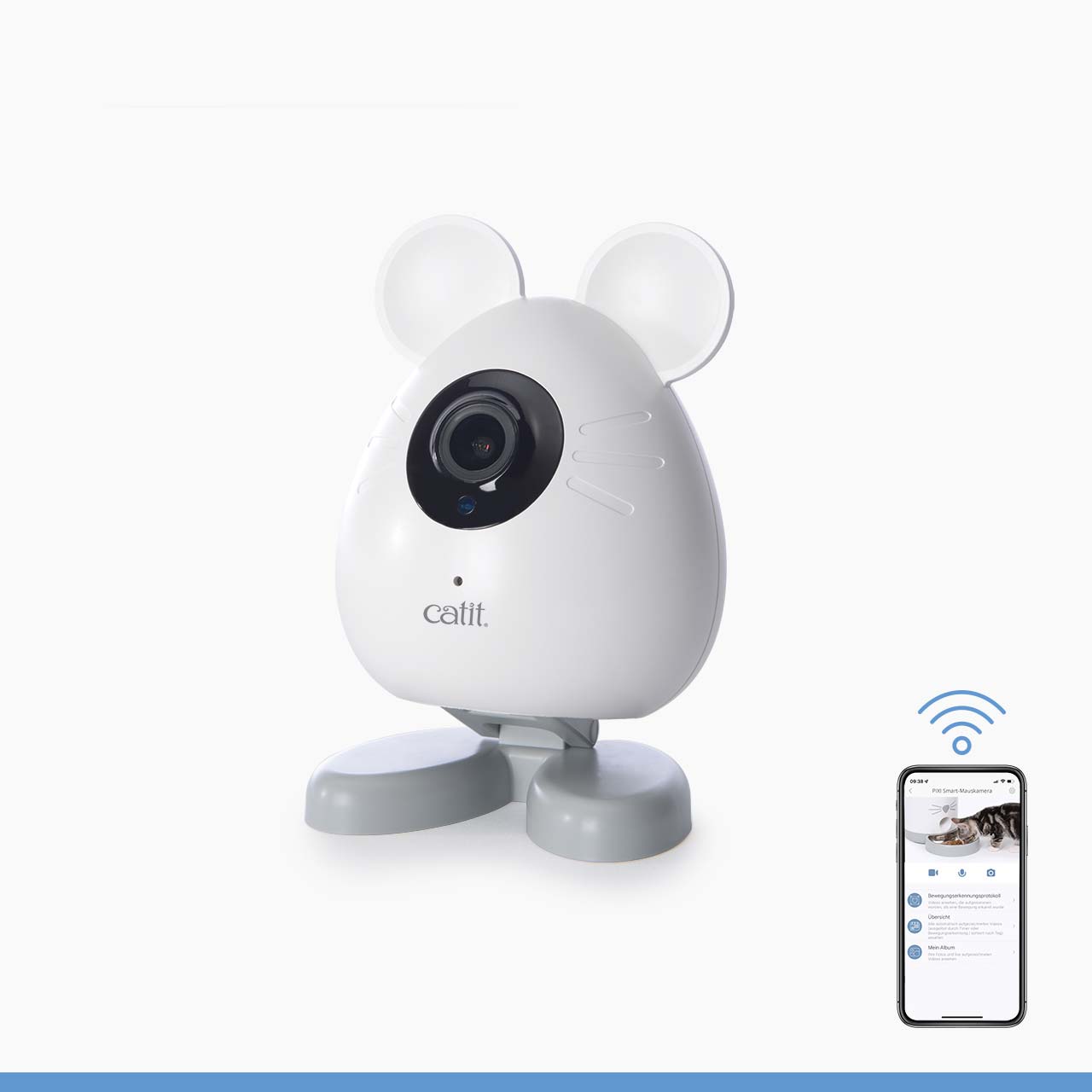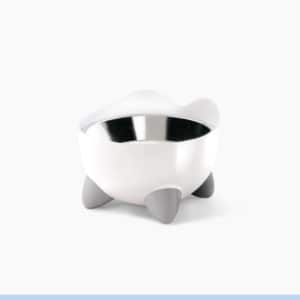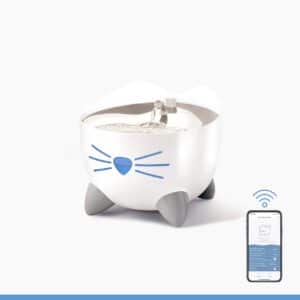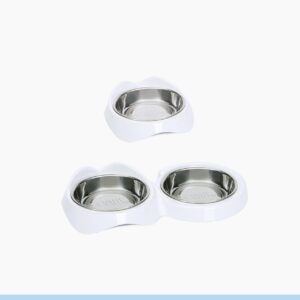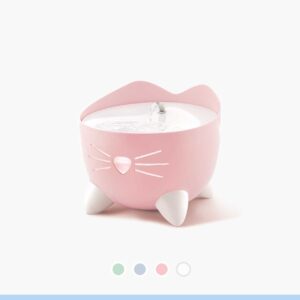In this article
The importance of cat whiskers
Besides making your kitty look adorable, whiskers serve various important purposes. The sensitive bristles are rooted deeply in the cat’s skin and are part of the animal’s sensory system, helping them to navigate in the dark, detecting changes in air movement, and assessing whether your cat can squeeze into certain spaces. Therefore, never ever trim your cat’s whiskers.
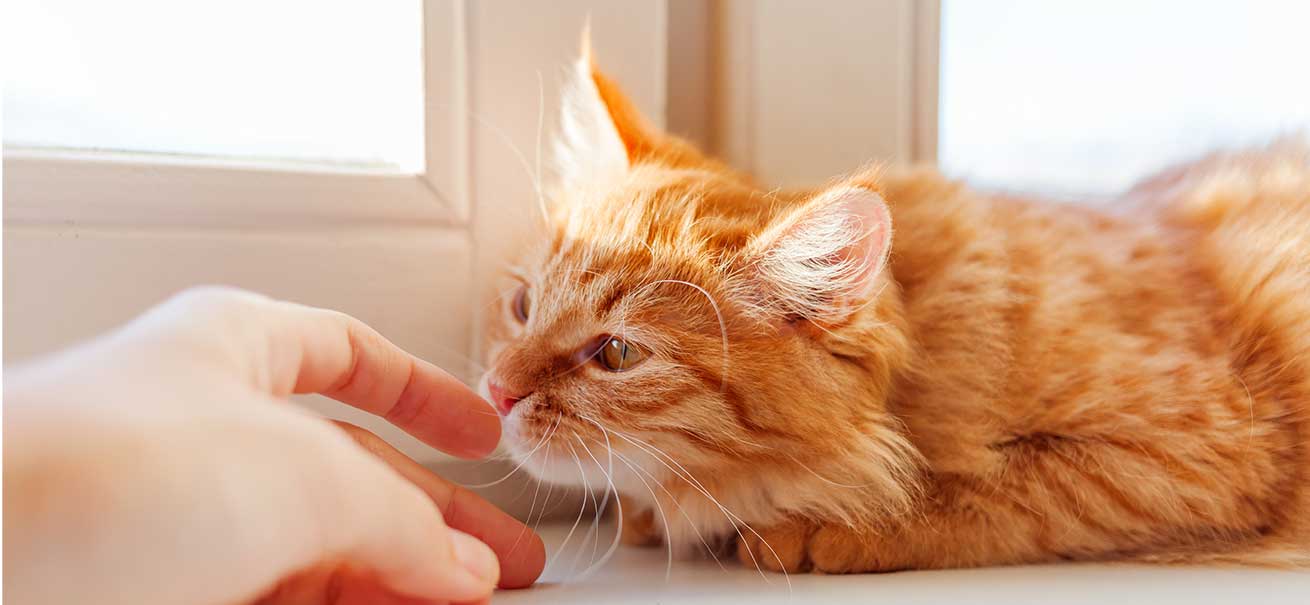
What is whisker stress?
As whiskers are super sensitive, it should be no surprise that those bristles being touched too frequently could overstimulate your cat, causing the poor animal to become irritated and stressed. This phenomenon is also known as whisker stress or whisker fatigue – although it is not acknowledged by all vets and scientists.
The main cause of whisker stress
The more your cat’s whiskers rub against objects, the more overstimulated and distressed your cat will become. A big but unexpected source of whisker stress is the food bowl. Many people use dog bowls for their cat, but those are often very deep, causing your cat’s whiskers to repeatedly brush against the sides of the bowl while eating.
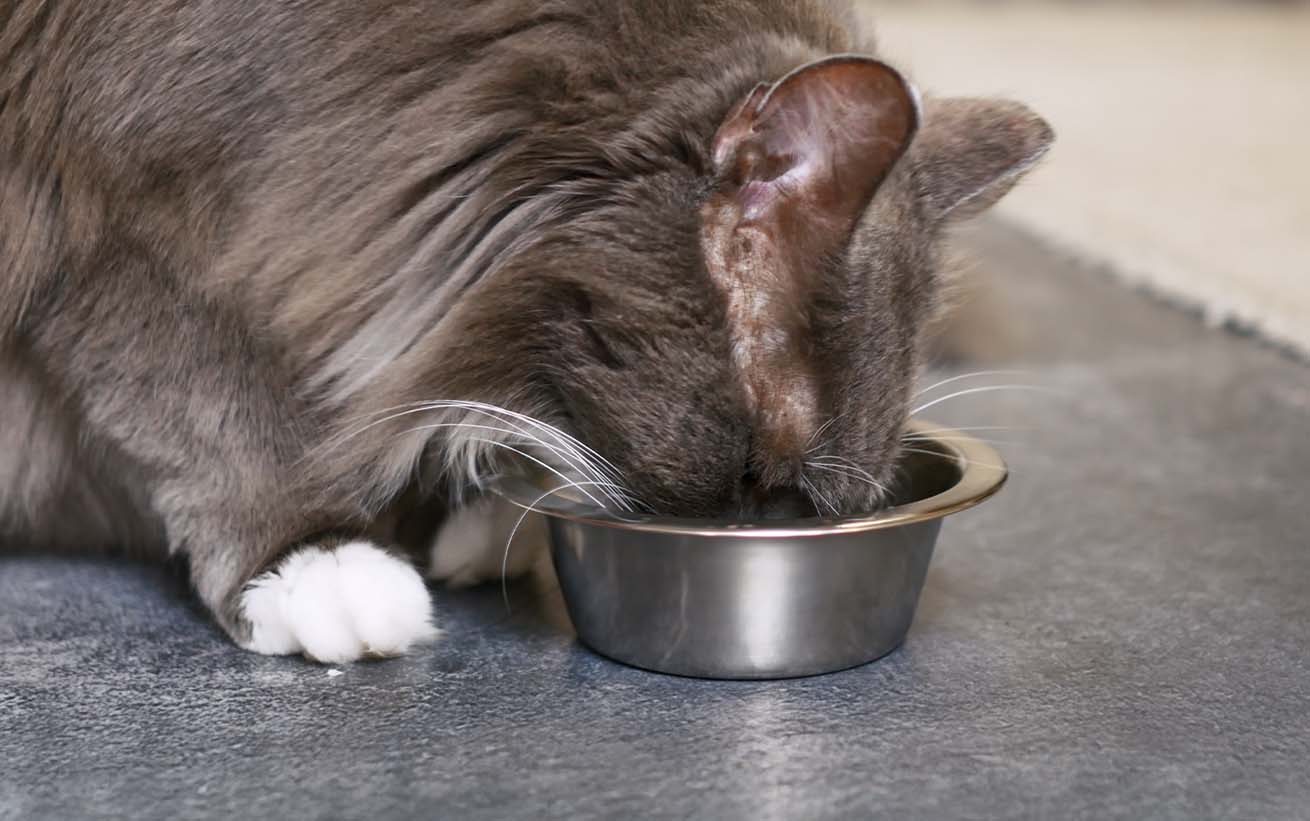
How can you recognize whisker stress in your cat?
Since whisker stress is mostly caused by food and water bowls, your cat may show strange eating behavior when overstimulated. For example, they may sit meowing next to their food bowl, refusing to eat, or they might paw their food out of the bowl so they can eat it off the floor. Your cat may even drink by sticking their paw in the water bowl, licking the water from their paw.
How to prevent whisker stress in your cat?
If you think your cat is suffering from whisker stress, it may be time to look for a new water and/or food bowl. Make sure the bowl is wide enough and has low edges. Ceramic bowls are hypoallergenic and stainless-steel bowls even avoid bacterial growth.




